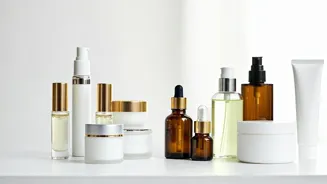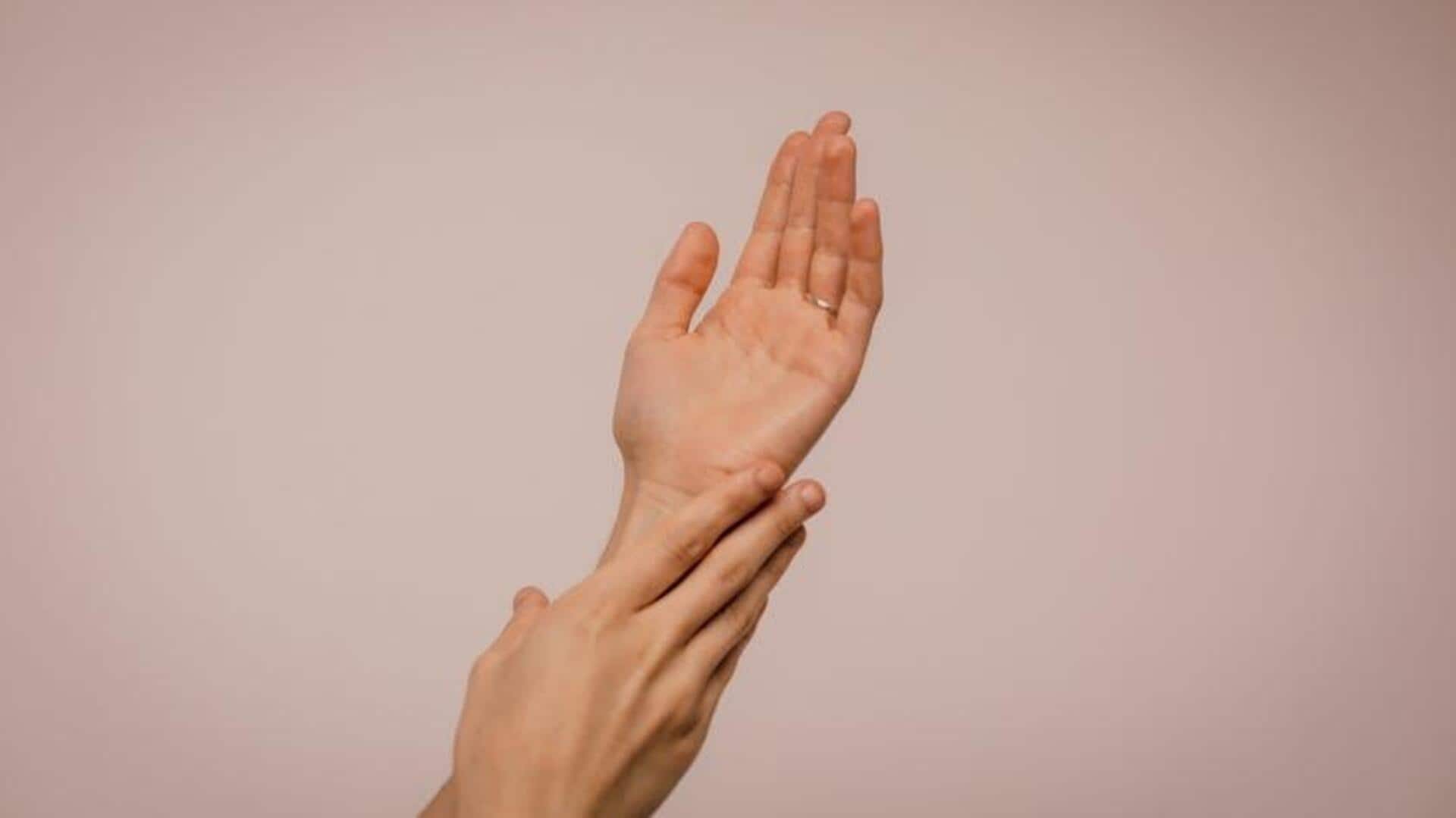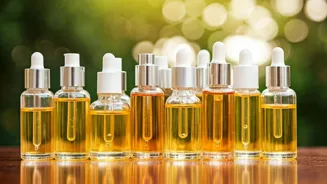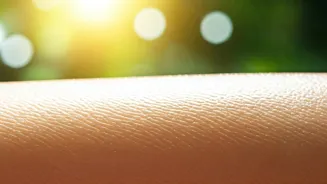Cleansing Your Canvas
Cleansing is the foundational step in any effective skincare regimen. It prepares the skin to absorb the benefits of subsequent products. This process
involves removing impurities like dirt, oil, makeup, and environmental pollutants that accumulate throughout the day. The proper cleanser is crucial to avoid irritation or stripping the skin of its natural oils. Begin by selecting a cleanser appropriate for your skin type. Wet your face with lukewarm water. Apply a small amount of cleanser to your fingertips and gently massage it onto your face in circular motions. Rinse thoroughly, ensuring all cleanser residue is removed, and pat your face dry with a clean towel. This process should be conducted both morning and night to maintain clean and healthy skin.
The Art of Toning
Following cleansing, toning is a vital step that helps balance the skin's pH levels, which can be disrupted by the cleansing process. Toners prepare the skin to absorb serums and moisturizers more effectively. There are various types of toners, each formulated to address specific skin concerns. Apply toner after cleansing by either gently swiping a cotton pad soaked in toner across your face or gently patting it directly onto your skin. This step often removes any remaining impurities, prepping the skin for the subsequent steps. It also helps shrink the appearance of pores, and some toners offer additional benefits like hydration or exfoliation. Incorporating a toner into your routine twice daily can contribute to a balanced and revitalized complexion.
Serum: Targeted Treatment
Serums are highly concentrated treatments designed to target specific skin concerns. They deliver potent ingredients deep into the skin. These formulations often contain active ingredients like antioxidants, vitamins, and peptides that address issues such as fine lines, wrinkles, uneven skin tone, and hydration. Apply serum after toning. Dispense a small amount of serum onto your fingertips and gently pat it onto your face and neck. Allow the serum to fully absorb into the skin before proceeding to the next step. Choose a serum that aligns with your primary skincare goal, and consistency in application will yield noticeable improvements in your skin's appearance over time, creating a foundation for brighter skin.
Moisturizing: The Hydration Seal
Moisturizing is essential for maintaining the skin's hydration levels. A good moisturizer helps to create a barrier that locks in moisture, keeping the skin soft, supple, and healthy. Regardless of your skin type, finding a moisturizer that suits your needs is crucial. Moisturizers can also help to protect the skin from environmental stressors and reduce the appearance of fine lines and wrinkles. Apply the moisturizer after your serum. Take a generous amount and apply it evenly across your face and neck, using upward and outward motions. Ensure that you choose a moisturizer that complements your skin type and meets your specific needs, for example, addressing dryness or other skin concerns. Moisturizing every morning and evening, or whenever the skin feels dry, is key to a healthy glow.
Sunscreen: Daily Defense
Sunscreen is the most crucial step in any skincare routine, as it protects the skin from harmful UV rays that cause premature aging, sun damage, and increase the risk of skin cancer. Apply sunscreen every morning, regardless of the weather or your planned outdoor activities. Use a broad-spectrum sunscreen with an SPF of 30 or higher. Apply it generously to all exposed areas of the face and neck, approximately 15-20 minutes before sun exposure. Reapply sunscreen every two hours, or more frequently if swimming or sweating. Sunscreen helps protect the skin from developing dark spots and keeps the skin tone looking healthy.
Exfoliation: Unveiling Freshness
Exfoliation removes dead skin cells, revealing a smoother and brighter complexion. This process also allows skincare products to penetrate the skin more effectively. There are two main types of exfoliation: physical and chemical. Physical exfoliation involves using a scrub or a textured tool to manually remove dead skin cells. Chemical exfoliation uses acids like AHAs (alpha-hydroxy acids) and BHAs (beta-hydroxy acids) to dissolve dead skin cells. Exfoliation is recommended one to two times a week, depending on your skin sensitivity. Start by applying a small amount to see how your skin reacts. Following exfoliation, apply a moisturizer to replenish hydration. Over-exfoliating can lead to irritation, so moderation is key.
Masks: Occasional Boost
Masks are a great way to provide your skin with an extra boost of nutrients. They can address specific skin concerns and enhance the effects of your daily routine. From hydrating masks to clay masks and everything in between, there are different types available. Masks are usually applied one or two times a week. The frequency depends on the skin type and the specific type of mask you are using. Apply masks to cleansed skin and leave them on for the recommended time before rinsing off. Make sure to choose a mask that meets your specific skincare needs. Always follow up with a moisturizer to seal in hydration.
Eye Cream: Dedicated Care
The skin around the eyes is thin and more prone to showing signs of aging and fatigue, making an eye cream essential. The cream provides targeted care to this delicate area. They are formulated with ingredients that address concerns such as dark circles, puffiness, and fine lines. Gently apply the eye cream around the orbital bone using your ring finger to prevent pulling or tugging on the skin. Use it every morning and evening after cleansing and toning. The active ingredients in eye creams help to enhance and maintain a youthful look. Consistent use can show visible improvements over time. Ensure you choose an eye cream that matches your skincare concerns.






